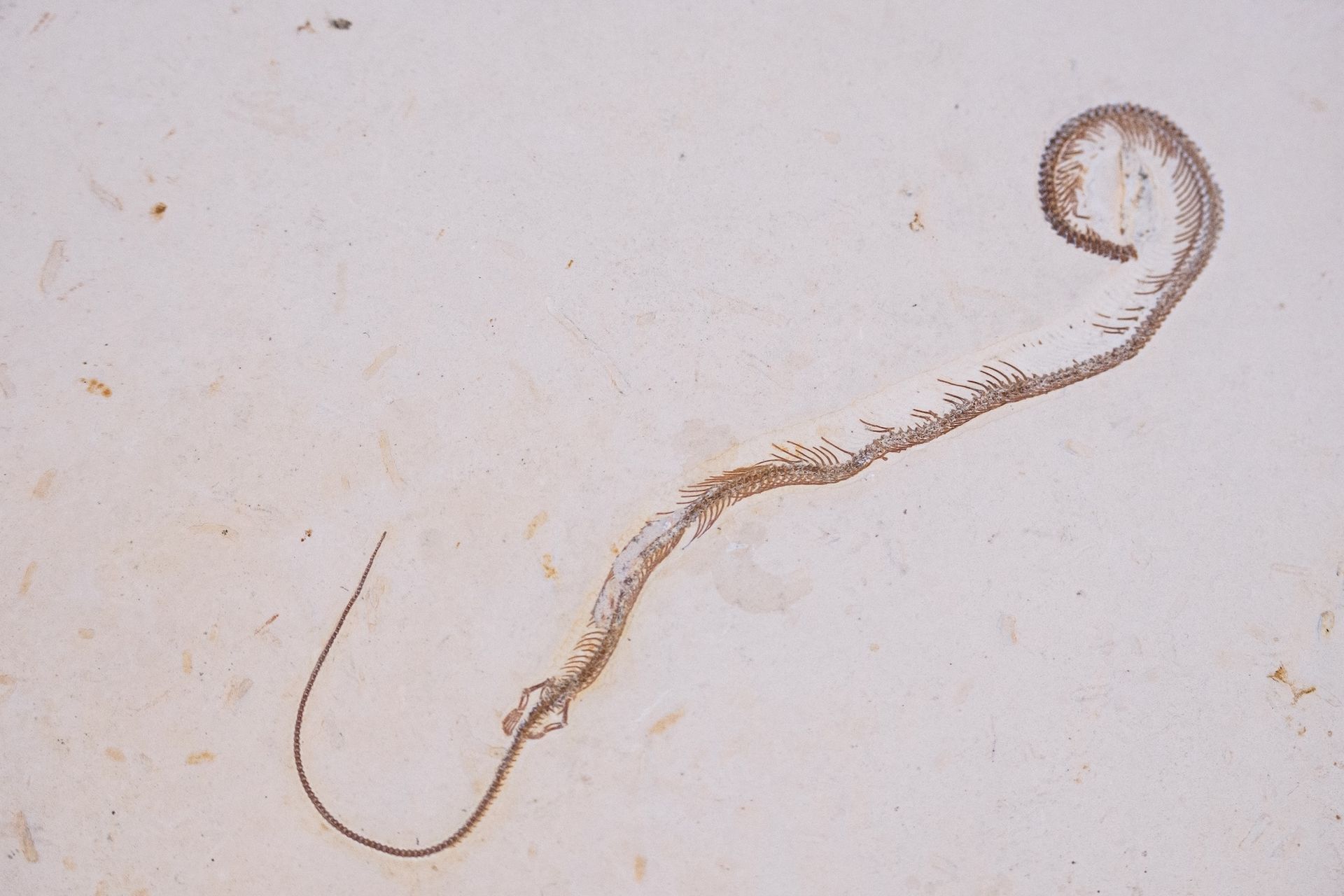Brazil’s National Museum receives donation of more than 1,100 fossils—including those of rare dinosaurs

Rio de Janeiro’s Museu Nacional has received an extensive donation of 1,104 animal and plant fossils as part of the reconstruction of its permanent collection, around 85% of which was destroyed in an electrical fire in 2018.
According to its director, Alexander W.A. Kellner, the museum has received approximately 8,500 objects since the tragedy. Around 2,000 of these will be exhibited, while the rest will be used for research. More donations are expected to roll in ahead of the museum’s scheduled reopening in 2026, when it aims to have amassed around 10,000 objects.
The latest donation comes from the Swiss German collector Burkhard Pohl, founder of Interprospekt Group, a fossil- and gemstone-mining company and educational initiative that previously founded two natural-history museums—the Wyoming Dinosaur Center in the US and the Sino-German Paleontological Museum in China.
“We felt it was the right thing to do to help rebuild a comprehensive collection of Brazilian fossils,” Pohl tells The Art Newspaper of his decision to donate the artefacts. “We hope that this initiative will inspire other collectors to follow suit and join this important effort. I strongly believe that a collection is a living organism that must constantly evolve—a collection locked away in a basement is a dead collection.”
As part of the Museu Nacional’s collaboration with Interprospekt Group, researchers from the Universidade Federal do Rio de Janeiro have been working at the Hell Creek Formation sites in Wyoming and Montana to discover more fossils for the collection—ideally a Triceratops or Tyrannosaurus rex, which could become the first dinosaur excavated in North America and shown in Brazil, according to the head of the project, Frédéric Lacombat.
The more than 1,100 gifted specimens come from the Araripe Basin in northeastern Brazil, an 8,000 sq. km rift spanning the states of Ceará, Pernambuco and Piauí that is known for its remarkable holdings of paleontological fragments. The donation includes two dinosaur fossils resembling raptors that had not been previously recorded; two similarly unstudied Pterosaur skulls; and a Tetrapodophis skeleton, thought to be the earliest example of a snake fossil and comprising four rudimentary legs that demonstrate the evolutionary transition between lizards and snakes.

A Tetrapodophis skeleton (one of the 1,104 donated fossils), in which you can see the ancient snake’s legs Photo: Diogo Vasconcellos
“With this donation, we believe we will be able to catch the attention of other private individuals, particularly in North America, in helping us with the rebuilding of our collection,” Kellner says. “As the first and largest institution of its kind in Brazil, our effect on society in showing the diversity of life and changes that happen in the environment is tremendous, particularly in times like these.”
The Museu Nacional has received donations from several museums and organisations throughout the world since the fire devastated its collection—including one from the Royal Botanic Gardens, Kew in 2020 comprising artefacts collected from the Amazon in the 19th century. Last year, Copenhagen’s Nationalmuseet announced it would repatriate a Tupinambá mantle, a feather cloak it had held since the 17th century. The Museu Nacional has worked with Inclusartiz Institute, a Rio de Janeiro-based cultural non-profit, to negotiate some of these donations.
The Museu Nacional building was originally built as the residence of the Portuguese royal family in 1808; it was converted into a natural-history and anthropology museum in 1818 by King João VI. The museum had been severely underfunded for years before the fire, and many critics argue that the blaze could have been prevented.
The building has been under reconstruction since 2021 with a mix of private and government funding but has faced several setbacks. A partial reopening slated for 2022 was not realised. The reconstruction is expected to cost $75m but the final figure could reach $98m.
When the museum reopens, it will showcase digitised versions of some of the objects engulfed by the fire, which include Greco-Roman artefacts, rare Indigenous ceremonial objects and an 11,500-year-old skeleton known as “Luzia”—the oldest skeleton ever discovered in Latin America, fragments of which were uncovered in the debris. Before the fire, the museum held a collection of more than 20 million objects.
Source link





